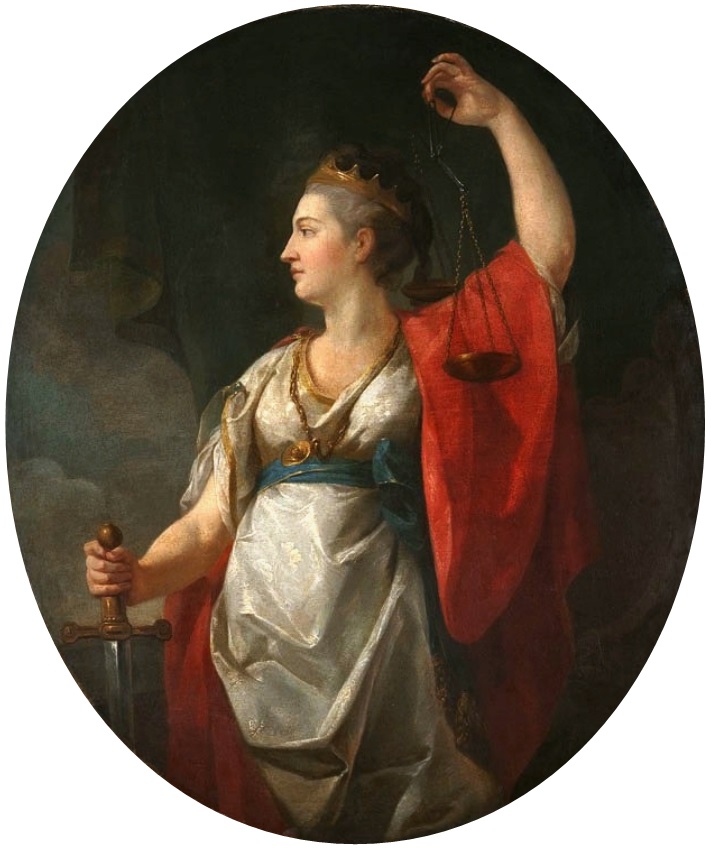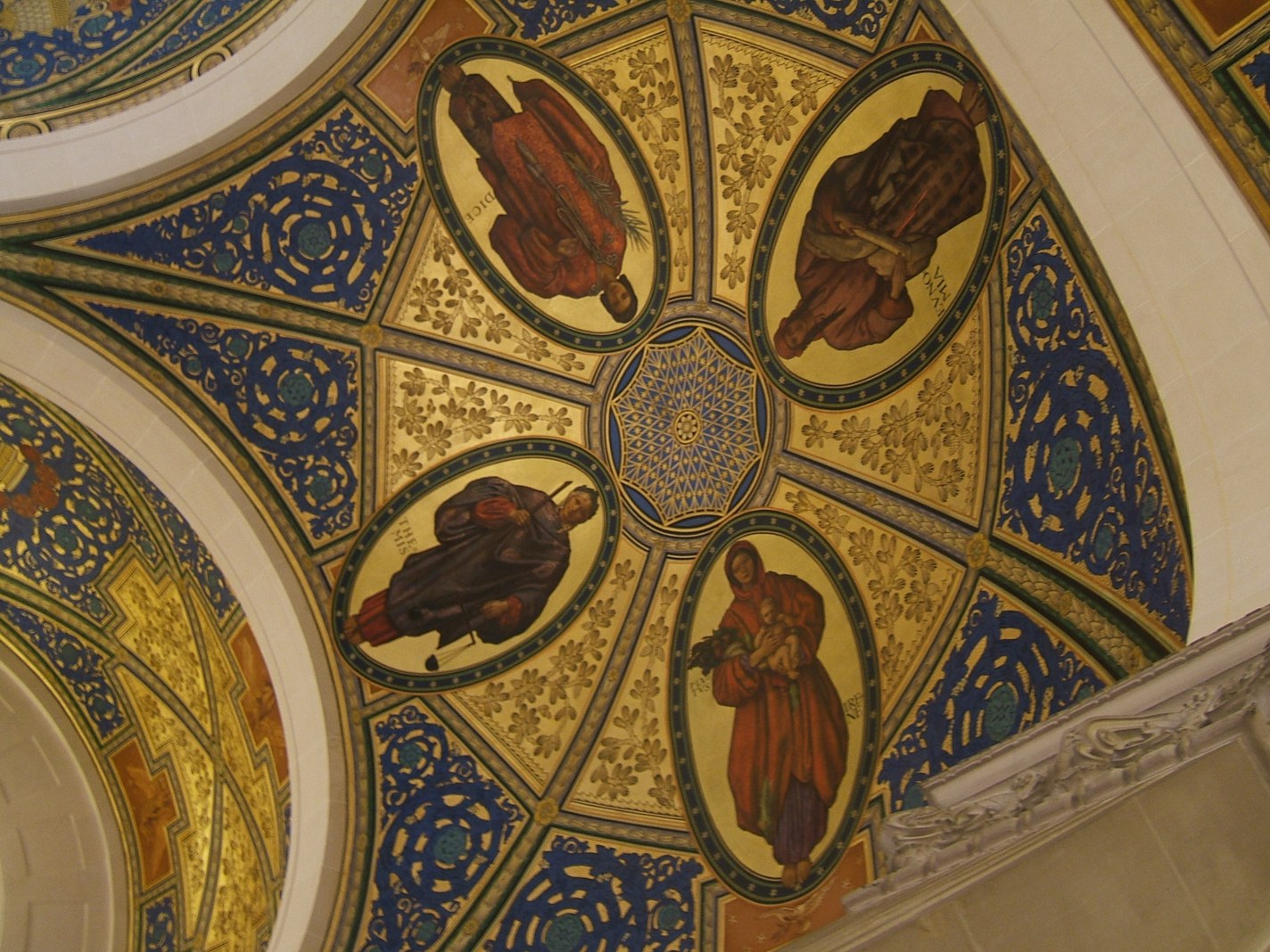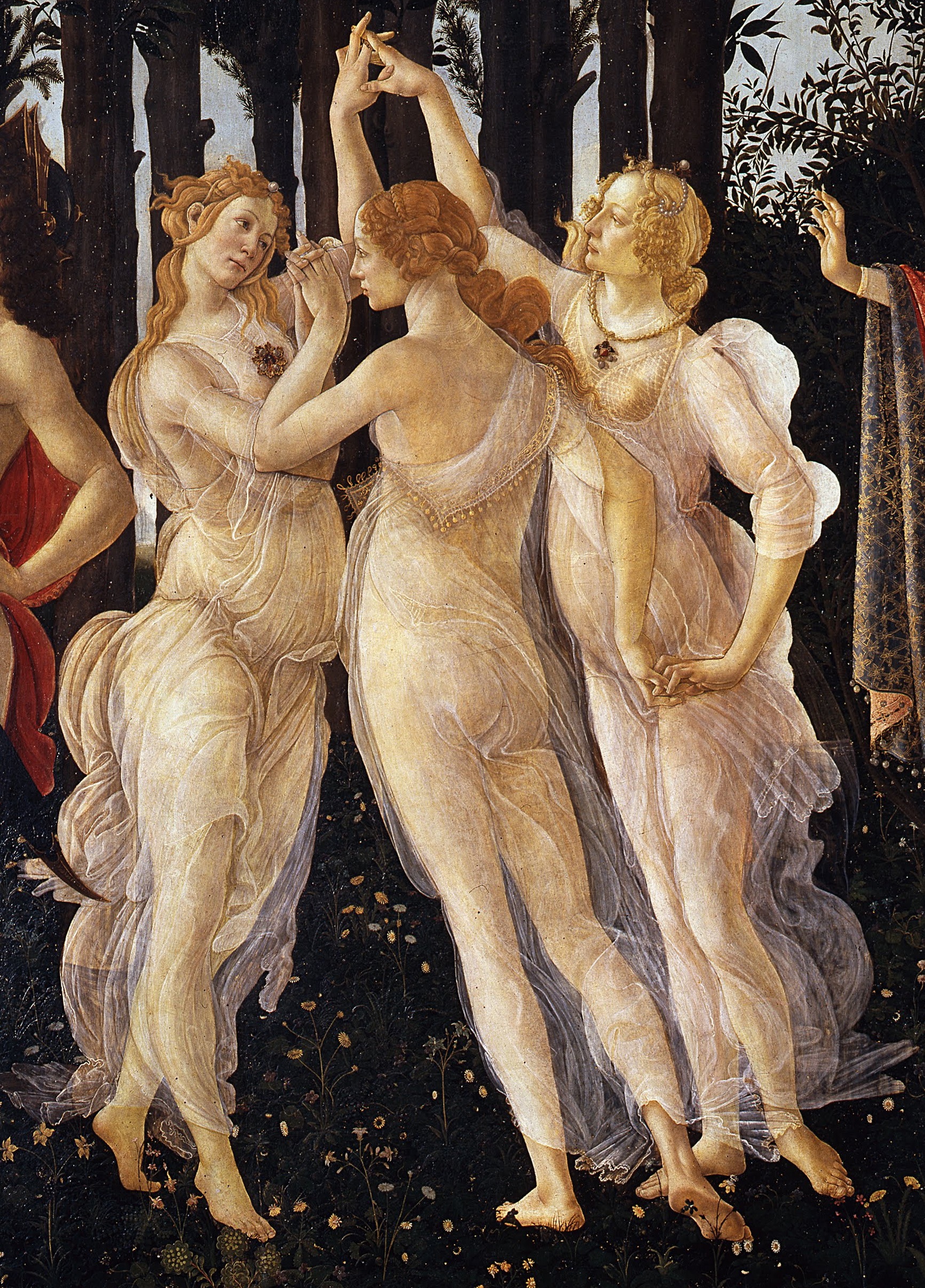|
Horae
In Greek mythology, the Horae (), Horai () or Hours (, ) were the goddesses of the seasons and the natural portions of time. Etymology The term ''hora'' comes from the Proto-Indo-European ("year"). Function The Horae were originally the personifications of nature in its different seasonal aspects, but in later times they were regarded as goddesses of order in general and natural justice. "They bring and bestow ripeness, they come and go in accordance with the firm law of the periodicities of nature and of life", Karl Kerenyi observed, adding "''Hora'' means 'the correct moment'." Traditionally, they guarded the gates of Olympus, promoted the fertility of the earth, and rallied the stars and constellations. The course of the seasons was also symbolically described as the dance of the Horae, and they were accordingly given the attributes of spring flowers, fragrance and graceful freshness; for example, in Hesiod's '' Works and Days'', the fair-haired ''Horai'', togethe ... [...More Info...] [...Related Items...] OR: [Wikipedia] [Google] [Baidu] |
Themis
In Greek mythology and religion, Themis (; ) is the goddess and personification of justice, divine order, law, and custom. She is one of the twelve Titan children of Gaia and Uranus, and the second wife of Zeus. She is associated with oracles and prophecies, including the Oracle of Delphi. Name ''Themis'' means "divine law" rather than human ordinance, literally "that which is put in place", from the Greek verb ''títhēmi'' ( τίθημι), meaning "to put." To the ancient Greeks she was originally the organizer of the "communal affairs of humans, particularly assemblies." Moses Finley remarked of ''themis'', as the word was used by Homer in the 8th century BCE, to evoke the social order of the 10th- and 9th-century Greek Dark Ages: Finley adds, "There was ''themis''—custom, tradition, folk-ways, ''mores'', whatever we may call it, the enormous power of 'it is (or is not) done'." In the ''Hymn to Apollo'', Themis is referred to as " Ichnaea", meaning "Tracker". Descr ... [...More Info...] [...Related Items...] OR: [Wikipedia] [Google] [Baidu] |
Eunomia (goddess)
In Greek mythology, Eunomia () was a minor but important goddess of law and legislation and her name can be translated as "good order", "governance according to good laws", as well as the spring-time goddess of green pastures (''eû'' means "well, good" in Greek, and νόμος, ''nómos'', means "law", while pasturelands are called ''nomia''). She is by most accounts the daughter of Themis and Zeus. Her opposite number was Dysnomia (Lawlessness). Horae Eunomia was the goddess of law and legislation and one of the Second Generation of the Horae along with her sisters Dikē and Eirene. The Horae were law and order goddesses who maintained the stability of society, and were worshipped primarily in the cities of Athens, Argos and Olympia. From Pindar: ''Eunomia'' and that unsullied fountain '' Dikē'', her sister, sure support of cities; and '' Eirene'' of the same kin, who are the stewards of wealth for humanity—three glorious daughters of wise-counselled Themis.Pindar, Thir ... [...More Info...] [...Related Items...] OR: [Wikipedia] [Google] [Baidu] |
Zeus
Zeus (, ) is the chief deity of the List of Greek deities, Greek pantheon. He is a sky father, sky and thunder god in ancient Greek religion and Greek mythology, mythology, who rules as king of the gods on Mount Olympus. Zeus is the child of Cronus and Rhea (mythology), Rhea, the youngest of his siblings to be born, though sometimes reckoned the eldest as the others required disgorging from Cronus's stomach. In most traditions, he is married to Hera, by whom he is usually said to have fathered Ares, Eileithyia, Hebe (mythology), Hebe, and Hephaestus.Hard 2004p. 79 At the oracle of Dodona, his consort was said to be Dione (Titaness/Oceanid), Dione, by whom the ''Iliad'' states that he fathered Aphrodite. According to the ''Theogony'', Zeus's first wife was Metis (mythology), Metis, by whom he had Athena.Hesiod, ''Theogony'886900 Zeus was also infamous for his erotic escapades. These resulted in many divine and heroic offspring, including Apollo, Artemis, Hermes, Persephone, D ... [...More Info...] [...Related Items...] OR: [Wikipedia] [Google] [Baidu] |
Dike (mythology)
In Greek mythology, Dike or Dice, ( or ; ) sometimes also called Dicaeosyne (), is the goddess of justice and the spirit of moral order and fair judgement as a transcendent universal ideal or based on immemorial custom, in the sense of socially enforced norms and conventional rules. According to Hesiod (''Theogony'', l. 901), she was fathered by Zeus upon his second consort, Themis. She and her mother are both personifications of justice. She is depicted as a young, slender woman carrying a balance scale and wearing a laurel wreath. The constellation Libra (the Scales) was anciently thought to represent her distinctive symbol. She is often associated with Astraea, the goddess of innocence and purity. ''Astraea'' is also one of her epithets, referring to her appearance in the nearby constellation Virgo which is said to represent Astraea. This reflects her symbolic association with Astraea, who, too, has a similar iconography. Depiction The sculptures of the Temple of Zeu ... [...More Info...] [...Related Items...] OR: [Wikipedia] [Google] [Baidu] |
Eirene (goddess)
Eirene (; , ''Eirḗnē'', , "Peace"), more commonly known in English as Peace, is one of the Horae, the personification and goddess of peace in Greek mythology and ancient religion. She was depicted in art as a beautiful young woman carrying a cornucopia, sceptre, and a torch or rhyton. She is usually said to be the daughter of Zeus and Themis and thus sister of Dike and Eunomia. Her Roman equivalent is the goddess Pax. Cult Eirene was particularly well regarded by the citizens of Athens. After a naval victory over Sparta in 375 BC, the Athenians established a cult for Peace, erecting altars to her. They held an annual state sacrifice to her after 371 BC to commemorate the Common Peace of that year and set up a votive statue in her honour in the Agora of Athens. The statue was executed in bronze by Cephisodotus the Elder, likely the father or uncle of the famous sculptor Praxiteles. It was acclaimed by the Athenians, who depicted it on vases and coins. Alth ... [...More Info...] [...Related Items...] OR: [Wikipedia] [Google] [Baidu] |
Peitho
In Greek mythology, Peitho ( or 'winning eloquence') is the personification of persuasion. She is typically presented as an important companion of Aphrodite. Her opposite is Bia (mythology), Bia, the personification of force. As a personification, she was sometimes imagined as a goddess and sometimes an abstract power with her name used both as a common and proper noun. There is evidence that Peitho was referred to as a goddess before she was referred to as an abstract concept, which is rare for a personification. Peitho represents both sexual and political persuasion. She is associated with the art of rhetoric. Family Peitho's ancestry is unclear, as various authors provide different identities for her parents. Hesiod in ''Theogony'' identifies Peitho as the daughter of the Titans Tethys (mythology), Tethys and Oceanus, which would make her an Oceanid and the sister of notable goddesses such as Dione (Titaness), Dione, Doris (Oceanid), Doris, and Metis (mythology), Metis. Acc ... [...More Info...] [...Related Items...] OR: [Wikipedia] [Google] [Baidu] |
Aphrodite
Aphrodite (, ) is an Greek mythology, ancient Greek goddess associated with love, lust, beauty, pleasure, passion, procreation, and as her syncretism, syncretised Roman counterpart , desire, Sexual intercourse, sex, fertility, prosperity, and victory. Aphrodite's major symbols include seashells, Myrtle (common), myrtles, roses, doves, sparrows, and swans. The cult of Aphrodite was largely derived from that of the Ancient Canaanite religion, Phoenician goddess Astarte, a cognate of the East Semitic goddess Ishtar, whose cult was based on the Sumerian religion, Sumerian cult of Inanna. Aphrodite's main cult centers were Kythira, Cythera, Cyprus, Corinth, and Athens. Her main festival was the Aphrodisia, which was celebrated annually in midsummer. In Laconia, Aphrodite was worshipped as a warrior goddess. She was also the patron goddess of Prostitution in ancient Greece, prostitutes, an association which led early scholars to propose the concept of sacred prostitution in Greco-Rom ... [...More Info...] [...Related Items...] OR: [Wikipedia] [Google] [Baidu] |
Dionysos Horai Louvre MR720
In ancient Greek religion and Greek mythology, myth, Dionysus (; ) is the god of wine-making, orchards and fruit, vegetation, fertility, festivity, insanity, ritual madness, religious ecstasy, and theatre. He was also known as Bacchus ( or ; ) by the Greeks (a name later adopted by the Ancient Rome, Romans) for a frenzy he is said to induce called ''baccheia''. His wine, music, and ecstatic dance were considered to free his followers from self-conscious fear and care, and subvert the oppressive restraints of the powerful. His ''thyrsus'', a fennel-stem sceptre, sometimes wound with ivy and dripping with honey, is both a beneficent wand and a weapon used to destroy those who oppose his Cult of Dionysus, cult and the freedoms he represents. Those who partake of his mysteries are believed to become possessed and empowered by the god himself. His origins are uncertain, and his cults took many forms; some are described by ancient sources as Thrace, Thracian, others as Greek. In O ... [...More Info...] [...Related Items...] OR: [Wikipedia] [Google] [Baidu] |
Pandora
In Greek mythology, Pandora was the first human woman created by Hephaestus on the instructions of Zeus. As Hesiod related it, each god cooperated by giving her unique gifts. Her other name—inscribed against her figure on a white-ground '' kylix'' in the British Museum—is Anesidora (), "she who sends up gifts" (''up'' implying "from below" within the earth). The Pandora myth is a kind of theodicy, addressing the question of why there is evil in the world, according to which, Pandora opened a jar ('' pithos''; commonly referred to as " Pandora's box") releasing all the evils of humanity. It has been argued that Hesiod's interpretation of Pandora's story went on to influence both Jewish and Christian theology and so perpetuated her bad reputation into the Renaissance. Later poets, dramatists, painters and sculptors made her their subject. Hesiod Hesiod, both in his ''Theogony'' (briefly, without naming Pandora outright, line 570) and in ''Works and Days'', gives the earliest ... [...More Info...] [...Related Items...] OR: [Wikipedia] [Google] [Baidu] |
Charites
In Greek mythology, the Charites (; ), singular Charis (), also called the Graces, are goddesses who personify beauty and grace. According to Hesiod, the Charites were Aglaia (Grace), Aglaea, Euphrosyne, and Thalia (Grace), Thalia, who were the daughters of Zeus and Eurynome (Oceanid), Eurynome, the daughter of Oceanus. However in other accounts, their names, number and parentage varied. In Roman mythology they were known as the Gratiae. Hesiod has Aglaea as the wife of Hephaestus, and in the ''Iliad'' Hera promises to give a Charis named Pasithea to Hypnos as bride. Otherwise they have little independent mythology, usually described as attending various gods and goddesses, especially Aphrodite. In Roman and later art, the three Charites are generally depicted nude in an interlaced group, but during the Archaic Greece, Archaic and Classical Greece, Classical periods of Greece, they were typically depicted as fully clothed, and in a line, with dance poses. Parentage, number, and ... [...More Info...] [...Related Items...] OR: [Wikipedia] [Google] [Baidu] |
Season
A season is a division of the year based on changes in weather, ecology, and the number of daylight hours in a given region. On Earth, seasons are the result of the axial parallelism of Earth's axial tilt, tilted orbit around the Sun. In temperate and polar regions, the seasons are marked by changes in the intensity of sunlight that reaches the Earth's surface, variations of which may cause animals to undergo hibernation or to Migration (ecology), migrate, and plants to be dormant. Various cultures define the number and nature of seasons based on regional variations, and as such there are a number of both modern and historical definitions of the seasons. The Northern Hemisphere experiences most direct sunlight during May, June, and July (thus the traditional celebration of Midsummer in June), as the hemisphere faces the Sun. For the Southern Hemisphere it is instead in November, December, and January. It is Earth's axial tilt that causes the Sun to be higher in the sky during the ... [...More Info...] [...Related Items...] OR: [Wikipedia] [Google] [Baidu] |
Karl Kerenyi
Karl may refer to: People * Karl (given name), including a list of people and characters with the name * Karl der Große, commonly known in English as Charlemagne * Karl of Austria, last Austrian Emperor * Karl (footballer) (born 1993), Karl Cachoeira Della Vedova Júnior, Brazilian footballer * Karl (surname) In myth * Karl (mythology), in Norse mythology, a son of Rig and considered the progenitor of peasants (churl) * ''Karl'', giant in Icelandic myth, associated with Drangey island Vehicles * Opel Karl, a car * ST ''Karl'', Swedish tugboat requisitioned during the Second World War as ST ''Empire Henchman'' Other uses * Karl, Germany, municipality in Rhineland-Palatinate, Germany * '' Karl-Gerät'', AKA Mörser Karl, 600mm German mortar used in the Second World War * KARL project, an open source knowledge management system * Korean Amateur Radio League, a national non-profit organization for amateur radio enthusiasts in South Korea * KARL, a radio station in Minnesota ... [...More Info...] [...Related Items...] OR: [Wikipedia] [Google] [Baidu] |









